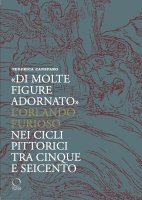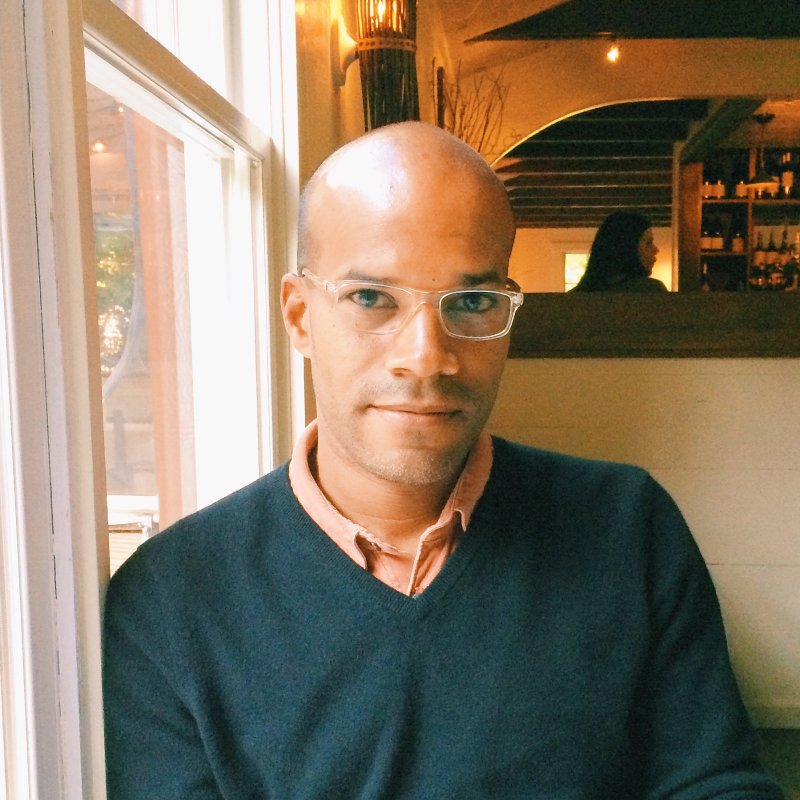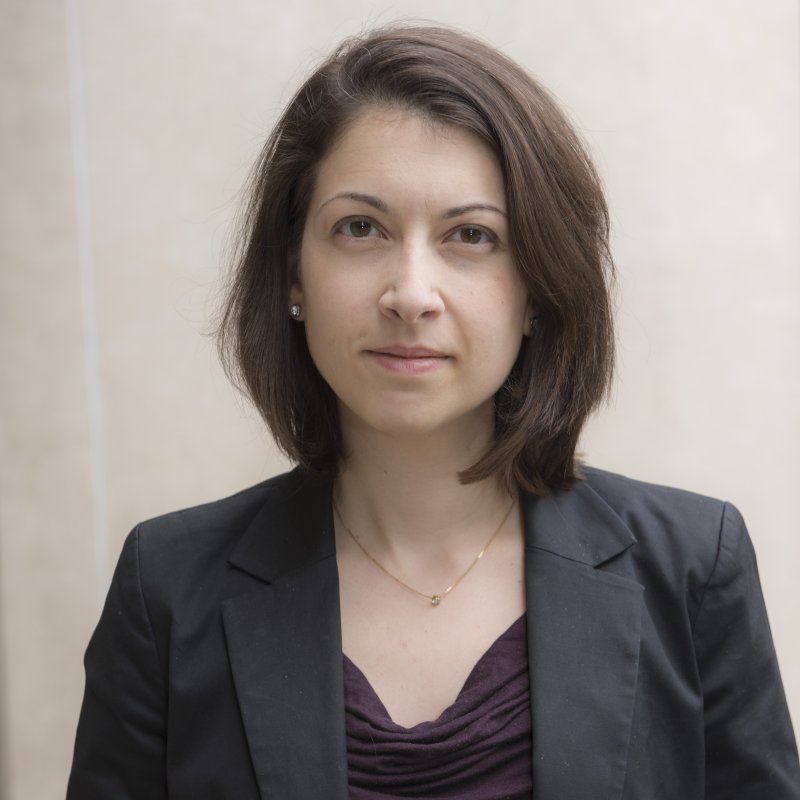Biography
Federica Caneparo is a historian of literature and art, with a dual specialization in Italian literature (Ph.D., Scuola Normale Superiore of Pisa) and Medieval and Early Modern Art History (Specializzazione, Italian post-graduate degree, University of Pisa).
She works on the interplay between Italian literature and artistic production in Renaissance Italy. She studies works of art that are connected to works of literature in terms of subject maker, rhetorical and narrative strategies, and meaning: works which deal, through different languages, not only with similar situations and questions of representation, interpretation and function, but also with the same historical contexts, and open with the same agents and recipients.
She has conducted research at Princeton University, the University of Pennsylvania, the Newberry Library, the Houghton Library at Harvard, the Warburg Institute in London, and the École Normale Supérieure in Paris, and has published articles and essays on 16th-century illustrated editions and on paintings, drawings, and frescos related to literary works by Ovid, Petrarch, Boccaccio, Boiardo, and Ariosto.
Feederica Caneparo's first book, «Di molte figure adornato»: L’Orlando furioso nei cicli pittorici fra Cinque e Seicento (Milano 2015), studies the early figurative production inspired by one of the main masterpieces of Italian literature: Ludovico Ariosto’s Orlando Furioso. Overturning the prejudice of a small influence of Ariosto’s poem on monumental art, she argues that frescoes gave a timely and crucial contribution to the acknowledgment of the authoritative role of Ariosto’s poem in vernacular literature: artists and patrons established that it had the same dignity as the ancient classics, and accepted it as the first modern classic, therefore anticipating the result of a long theoretical debate.
Her current book project, To be continued. Literary frescos at the Farnese Court, analyzes frescoes interrupted for various reasons and completed decades later, and focuses on change, continuity, and coherence in their iconographic programs.
Her other current project, Literary Images, aims to understand the role of monumental art in the formation of an Italian literary canon in the Renaissance, and to reflect on the use of and the challenges to this canon in current scholarship as well as in academic curricula, while addressing questions about tradition, transformation, and change.


















